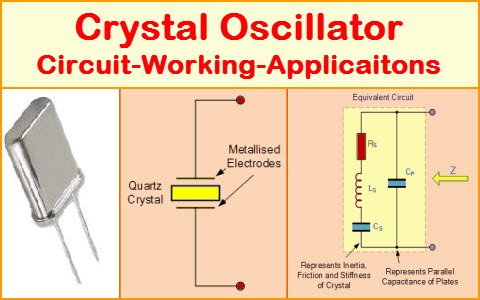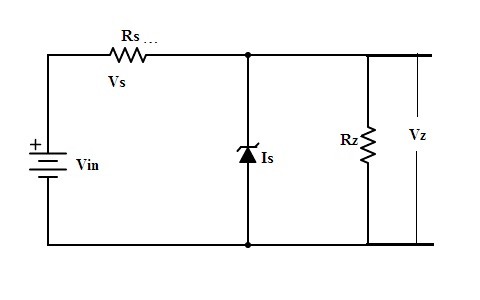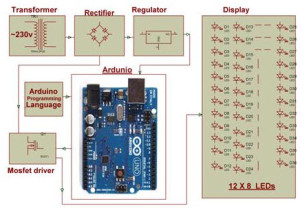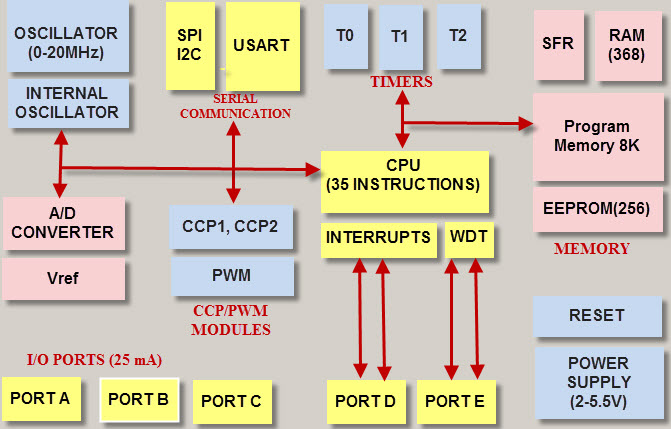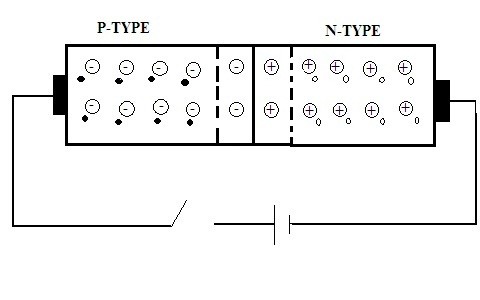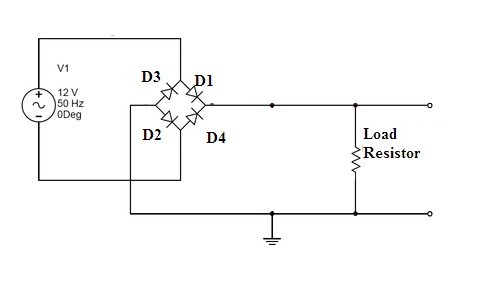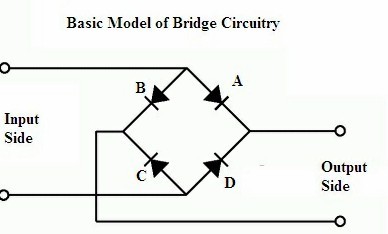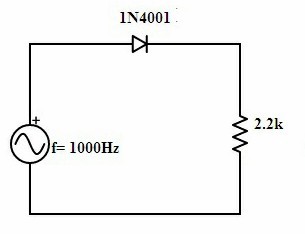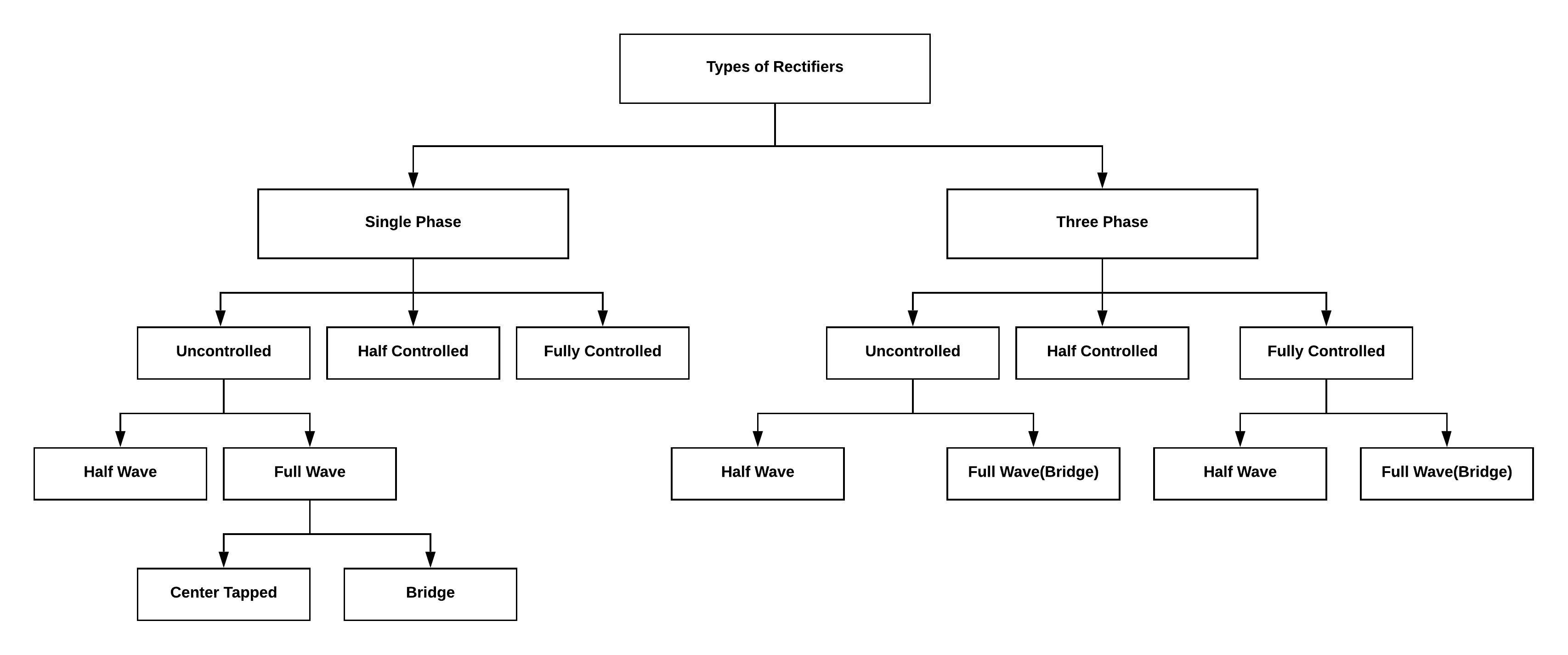An electronic circuit or electronic device that is used to generate periodically oscillating electronic signal is called as an electronic oscillator. The electronic signal produced by an oscillator is typically a sine wave or square wave. An electronic oscillator converts the direct current signal into an alternating current signal. The radio and television transmitters are broad casted using the signals generated by oscillators. The electronic beep sounds and video game sounds are generated by … [Read more...]
Zener Diode as Voltage Regulator
A Zener diode is a type of semiconductor diode. Generally, a normal diode with p and n junction will not function or blocks the flow of the charge carriers’ results in no flow of the current is seen during the reverse biasing of the device. Hence this condition is known as Breakdown. The main purpose of designing this device is to make the device to conduct in the reverse biasing condition. It can normally function just like a diode with p-n junction in forwarding biased condition. In this type … [Read more...]
Arduino Uno Board with Real-Time Application Projects
Arduino is a single-board microcontroller meant to make the application more accessible which are interactive objects and its surroundings. The hardware features with an open-source hardware board designed around an 8-bit Atmel AVR microcontroller or a 32-bit Atmel ARM. Current models consists a USB interface, 6 analog input pins and 14 digital I/O pins that allows the user to attach various extension boards. … [Read more...]
What is PIC Microcontroller and Its Architecture
PIC microcontroller was developed in the year 1993 by microchip technology. The term PIC stands for Peripheral Interface Controller. Initially this was developed for supporting PDP computers to control its peripheral devices, and therefore, named as a peripheral interface device. These microcontrollers are very fast and easy to execute a program compared with other microcontrollers. PIC Microcontroller architecture is based on Harvard architecture. PIC microcontrollers are very popular due to … [Read more...]
Understanding About CMOS Fabrication Technology
In early 1960’s the semiconductor manufacturing process was initiated from Texas and in 1963 CMOS or complementary metal oxide semiconductor was patented by Frank Wanlass. Integrated circuits are manufactured by utilizing the semiconductor device fabrication process. These ICs are major components of every electrical and electronic devices which we use in our daily life. Many complex and simple electronic circuits are being designed on a wafer made of semiconductor compounds and mostly silicon … [Read more...]
Rectifier Diode : Circuit, Biasing and Its Applications
A basic semiconductor, in that there is the presence of two terminals in which one is preferred as a cathode and the other as an anode. It is formed by the two different materials referred to as p-type and n-type. Generally, it is termed as p-n junction diode. As it is application-oriented it is also referred to as rectifier diode. The main purpose of this p-n junction diode is that it is used for the conversion of the applied alternating current (AC) into direct current (DC). This process of … [Read more...]
Ripple Factor for Half Wave and Full Wave Rectifiers
As already known the purpose of the rectifier is to convert alternating current (AC) into direct current (DC). It is the basic unit of any DC supply. The designing of the rectifier and its suitability for practical applications is dependent on the characteristics of that particular rectifier. Its characteristics include RMS value, average output value, ripple factor, peak inverse value and so on. After the completion of the process of rectification, the output DC generated consists of some AC … [Read more...]
Full Wave Rectifier Working and Its Applications
The purpose of the rectifier is to convert alternating current (AC) to direct current (DC). As in the half-wave rectifier, the rectifier output DC consists of AC components or ripples in it. To overcome this filter can be connected across the load so that the ripples can be reduced but this kind of circuitry is suitable for low power required applications. To overcome the problem of the half-wave rectifier, the model of the full-wave rectifier circuit is developed. In full-wave rectifier, full … [Read more...]
Half Wave Rectifier : Working and Its Characteristics
The purpose of the rectifier is to convert alternating current (AC) to direct current (DC) that is to undergo rectification. As the diode used in this process allows the flow of current in a unidirectional manner. Basing on this property of the diode the various types of rectifiers are designed. From the number of diodes used in the circuit the classification of rectifiers is done. Basically, the half-wave rectifier can be designed by using a single diode termed as single-phase rectifier. But if … [Read more...]
Different Types of Rectifiers & their Working Compared
The basic p-n junction diode that is used for the conversion of AC to DC can be referred to as a rectifier. This process is known as rectification. Based on its efficiency of converting AC to DC these rectifiers are chosen so that it can satisfy the essential requirements of the power supply unit in the electronic systems. Various basic electrical or electronic components are preferred in order to design rectifiers it can be diodes, MOSFET’S, etc. Considering the suitable application essential … [Read more...]
- « Previous Page
- 1
- …
- 6
- 7
- 8
- 9
- 10
- 11
- Next Page »
